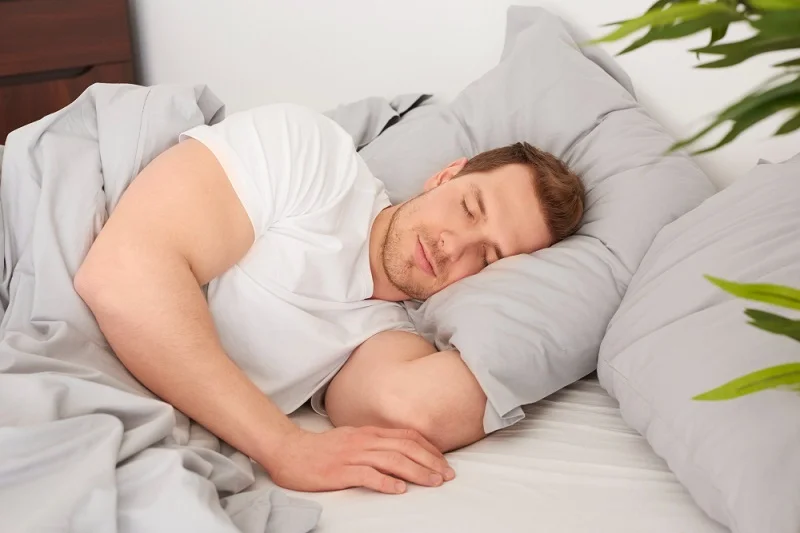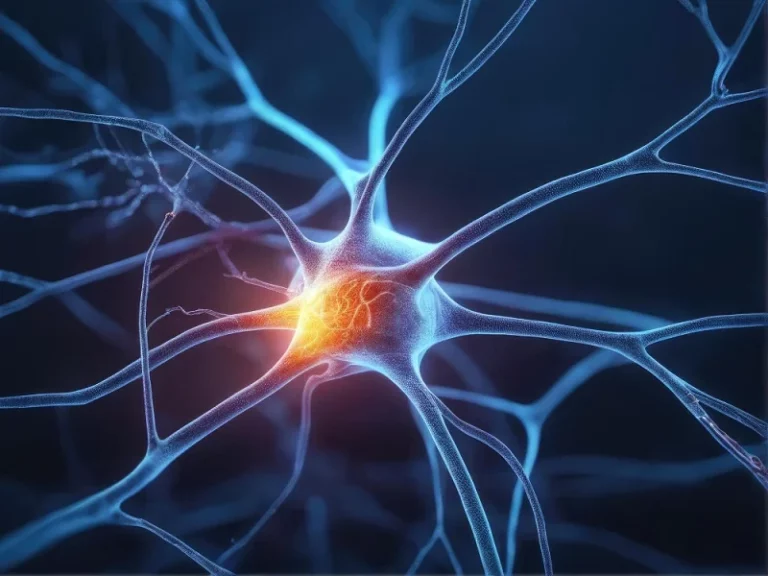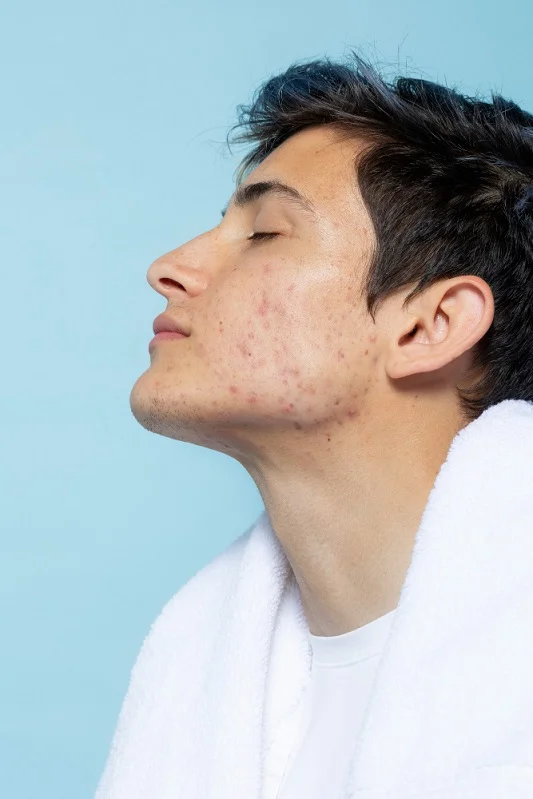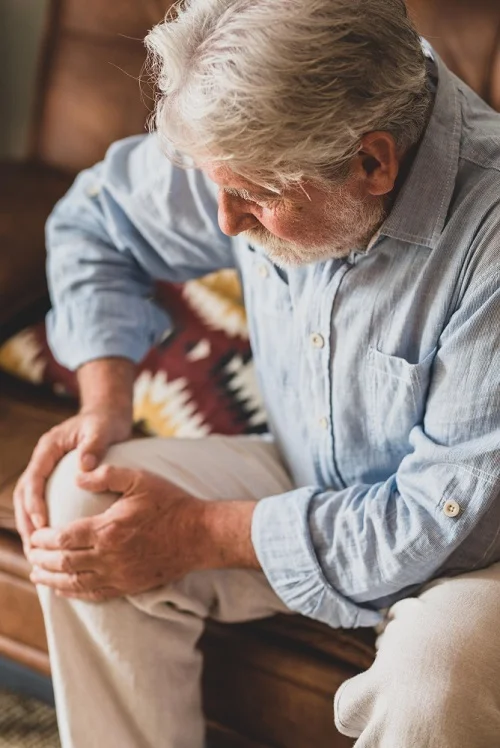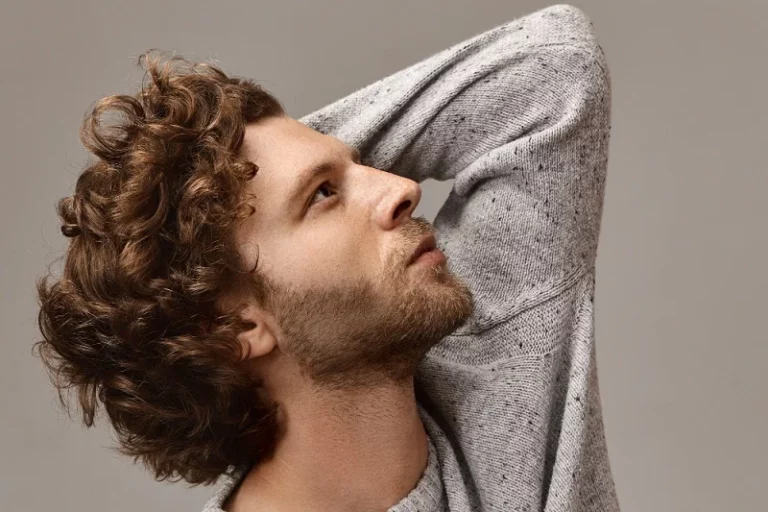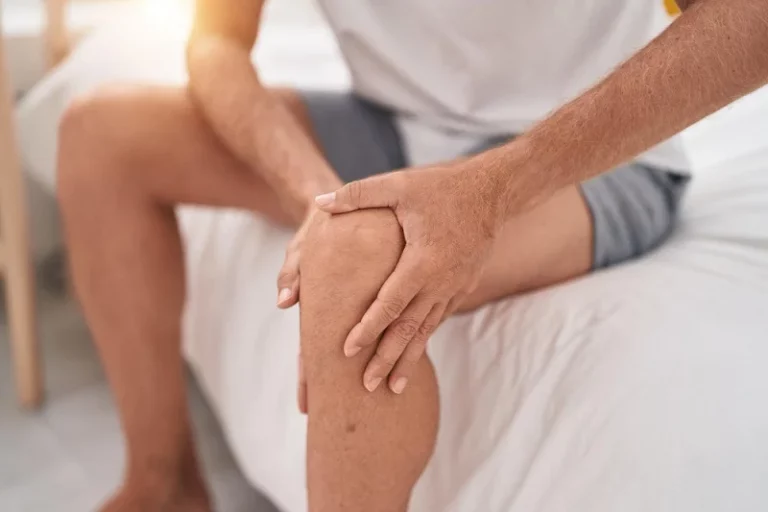Improving Sleep With Cryotherapy Treatment 2023
Imagine this: After a long, exhausting day, you crawl into bed, hoping for a restful night’s sleep. But wait, have you considered the impact of the cooling room on your back pain? The cool temperature can work wonders for relieving discomfort in just a few minutes. But as you toss and turn, sleep seems elusive. Frustration sets in as you realize the cycle of sleep deprivation and restless nights is taking a toll on your overall well-being, making it difficult to achieve restful sleep. This sleep disorder can significantly impact mental health, potentially leading to depression.
But what if there was a cutting-edge cryo treatment therapy that could offer you relief from back pain and the sleep of your dreams? Imagine a doctor-guided session in a specially designed room. Enter cryotherapy sleep – an innovative treatment that combines the benefits of cryotherapy with improved sleep quality for those suffering from back pain.
Cryotherapy sleep, also known as cold therapy sleep, involves exposing your body to extremely cold temperatures for a short period of time. This treatment is effective in relieving back pain. Don’t worry – achieving restful sleep and relieving back pain doesn’t have to be daunting! Incorporating cold therapy can help alleviate back pain and promote restful sleep, preventing sleep deprivation. This natural approach, known as cryo treatment, has gained popularity for its potential to enhance sleep and promote overall wellness.
By immersing yourself in the chilling experience of cryotherapy sleep, you may find yourself drifting off to dreamland more easily and waking up feeling refreshed and rejuvenated. So say goodbye to restless nights and hello to blissful slumber with cryotherapy sleep!
Benefits of Cryotherapy for Sleep Improvement
Cryotherapy has gained popularity recently as a treatment for various health conditions, including poor sleep. Cryotherapy offers several benefits that can significantly improve sleep quality and duration by harnessing the power of extreme cold temperatures.
Regulating Circadian Rhythm
One of the primary ways cryotherapy aids in sleep improvement is by regulating the body’s circadian rhythm. The circadian rhythm acts as an internal clock that controls our sleep-wake cycle. When this rhythm is disrupted, it can lead to insomnia or other sleep disorders. Cryotherapy helps reset and synchronize the circadian rhythm, promoting better sleep patterns.
Alleviating Pain and Discomfort
Chronic pain or discomfort can significantly hinder a good night’s rest. Cryotherapy provides relief by reducing inflammation and promoting muscle recovery. This reduction in inflammation can alleviate pain caused by conditions such as arthritis or injuries, allowing individuals to experience more restful sleep without interruptions.
Enhancing Blood Circulation
Improved blood circulation is another critical benefit of cryotherapy for sleep improvement. During a cryotherapy session, blood vessels constrict due to the cold temperature and dilate once the session ends. This process stimulates blood flow throughout the body, including to the brain. Enhanced oxygen flow to the brain promotes deep and restorative sleep, leaving individuals feeling refreshed upon waking.
Promoting Relaxation and Stress Reduction
Stress and anxiety often contribute to poor sleep quality. Cryotherapy triggers the release of endorphins, which are natural mood-boosting chemicals in our bodies. These endorphins promote relaxation and reduce stress levels, leading to improved sleep. By incorporating cryotherapy into their routine, individuals may find it easier to unwind before bed and achieve a state of calm conducive to better rest.
Incorporating cryotherapy into your routine can offer numerous benefits. Whether you struggle with chronic pain, disrupted sleep patterns, or stress-induced insomnia, cryotherapy may provide the relief you need to achieve a restful night’s sleep.
Remember, it’s essential to consult with a healthcare professional before starting any new treatment or therapy for sleep-related issues. Everyone’s body is unique, and what works for one person may not work for another. However, many individuals have reported significant improvements in their sleep quality after incorporating cryotherapy into their wellness routine.
So why continue struggling with poor sleep when potential benefits await you? Consider exploring cryotherapy and discover how it can positively impact your overall well-being by promoting better sleep.
Cryotherapy as a Treatment for Insomnia
Cryotherapy treatment has emerged as a potential remedy for individuals struggling with insomnia. Cryotherapy has shown promise in alleviating insomnia symptoms and improving sleep quality by exposing the body to extremely cold temperatures. Let’s explore how this innovative therapy works and its effectiveness in combating sleep disorders.
The exposure to cold temperatures during cryotherapy triggers various physiological responses in the body. One of these responses is the release of hormones such as melatonin, which plays a crucial role in regulating the sleep-wake cycle. Melatonin, commonly known as the “sleep hormone, ” promotes relaxation and inducing sleepiness. By stimulating melatonin production, cryotherapy can help individuals fall asleep faster and maintain a more restful slumber throughout the night.
Research studies have demonstrated that regular cryotherapy sessions can significantly improve sleep quality in individuals with insomnia. Combining cold therapy with other relaxation techniques may further enhance its effectiveness as a treatment for sleep disorders. For example, incorporating deep breathing exercises or mindfulness meditation during cryotherapy sessions can create a synergistic effect, promoting relaxation and tranquility before bedtime.
Moreover, cryotherapy not only addresses the physical aspects of insomnia but also provides potential benefits for mental health conditions often associated with sleep disturbances, such as depression and anxiety. Cold therapy has been found to trigger the release of endorphins, which are natural mood-boosting chemicals that alleviate stress and anxiety. Cryotherapy offers a holistic approach to improving mental well-being and sleep quality by reducing these underlying factors contributing to insomnia.
In addition to its direct effects on hormones and mental health, cryotherapy promotes better circulation throughout the body. This increased blood flow can have positive implications for those experiencing restless leg syndrome or other physical discomforts that disrupt their ability to attain deep sleep. By enhancing blood circulation, cryotherapy helps relax muscles, reduce inflammation, and relieve pain – all contributing factors to a good night’s sleep.
Cryotherapy treatment has emerged as a promising approach for individuals struggling with insomnia. By harnessing the power of cold temperatures, cryotherapy triggers the release of hormones like melatonin, improves blood circulation, and provides potential mental health benefits. Regular sessions of cryotherapy combined with relaxation techniques can significantly enhance sleep quality and alleviate symptoms associated with sleep disorders. If you find yourself battling insomnia, it may be worth exploring cryotherapy as a potential solution to help you achieve restful nights and wake up feeling refreshed.
Whole-body Cryotherapy for Enhanced Rest and Recovery
Whole-body cryotherapy, or cryo, is a popular therapy that has gained traction among athletes and individuals seeking enhanced rest and recovery. This innovative treatment involves exposing the body to extremely low temperatures for a short period of time, typically in a specialized chamber or sauna. The benefits of whole-body cryotherapy extend beyond its cooling effects, as it significantly promotes healing and rejuvenation.
One of the key advantages of whole-body cryotherapy is its ability to reduce inflammation in muscles and joints after physical activity or injury. The cold temperatures experienced during cryo sessions cause blood vessels to constrict, which helps decrease swelling and inflammation. By reducing these inflammatory responses, cryotherapy aids in alleviating pain and accelerating the healing process.
Furthermore, the intense cold stimulates blood flow throughout the body. As a result, tissues receive an increased supply of oxygenated blood rich in nutrients while metabolic waste products are efficiently removed. This enhanced circulation supports tissue repair and regeneration while you rest, allowing your body to recover more effectively.
Athletes often incorporate whole-body cryotherapy into their recovery routines due to its remarkable ability to reduce muscle soreness. Intense training sessions can leave athletes with stiff muscles that hinder performance and increase the risk of injury. Cryo helps alleviate this discomfort by numbing nerve endings and releasing endorphins – natural pain-relieving hormones that provide a sense of well-being.
In addition to reducing muscle soreness, whole-body cryotherapy promotes faster healing processes by stimulating collagen production. Collagen is essential for repairing damaged tissues such as tendons, ligaments, and cartilage. By increasing collagen synthesis through regular cryo sessions, athletes can experience improved recovery from injuries or strenuous workouts.
The benefits of whole-body cryotherapy extend beyond athletic performance and indirectly contribute to improved sleep quality. When your body undergoes intense physical exertion or sustains an injury, it requires adequate rest for proper healing. By accelerating the recovery process, cryotherapy ensures that your body can fully recuperate during rest periods, leading to better sleep.
Moreover, cryotherapy effectively relieves chronic pain conditions such as back pain. Applying low temperatures helps reduce nerve activity and numbs pain receptors, temporarily relieving discomfort. This can significantly improve the quality of life for patients suffering from chronic pain.
Potential Side Effects of Cryotherapy Treatment
Although beneficial for many individuals, Cryotherapy treatment may have some potential side effects that should be considered. It is essential to understand these effects before treatment to make an informed decision about its suitability.
One of the most common side effects of cryotherapy treatment is skin redness. The extreme cold temperatures used in cryotherapy can cause blood vessels near the skin’s surface to constrict and then dilate once the treatment is over. This dilation can lead to temporary redness in the treated areas. However, it usually subsides within a few hours or days.
Another possible side effect is numbness. As your body is exposed to extremely low temperatures during cryotherapy, you may experience temporary numbness in the treated area. This sensation occurs due to reduced nerve activity caused by the cold temperature. Although it might initially feel uncomfortable, it resolves quickly after the session ends.
Some individuals may experience tingling sensations during or after cryotherapy treatment. This tingling feeling is often associated with nerve irritation caused by exposure to extreme cold temperatures. While it may be unsettling, it usually diminishes without any long-term consequences.
Individuals with certain medical conditions might be more prone to experiencing adverse reactions during cryotherapy sessions. For example, people with Raynaud’s disease—an autoimmune disorder affecting blood circulation—may worsen their symptoms after undergoing cryotherapy due to increased vasoconstriction triggered by extreme cold exposure.
Similarly, individuals with cold allergies should exercise caution when considering cryotherapy as a potential treatment option. Cold allergies can manifest through various symptoms, such as hives or difficulty breathing when exposed to cold temperatures. Therefore, those affected by such conditions must consult a healthcare professional before undergoing cryotherapy sessions.
Following safety guidelines is essential to minimize cryotherapy treatment’s potential risks and side effects. It is recommended to adhere to the exposure times specified by professionals and gradually acclimate your body to extreme cold temperatures. Starting with shorter sessions and gradually increasing the duration can help your body adapt to the treatment more effectively.
Understanding Primary Sleep Disorders and Cryotherapy Sleep Treatment
Cryotherapy sleep treatment has shown promising results in managing primary sleep disorders such as insomnia, sleep apnea, and restless leg syndrome. While the specific benefits of cryotherapy may vary depending on the disorder, it offers a holistic approach to address underlying factors contributing to these conditions. Considering cryotherapy as a potential treatment option could be beneficial if you are struggling with a primary sleep disorder.
Individuals with insomnia often find it challenging to fall asleep or stay asleep throughout the night. Cryotherapy can help promote relaxation by releasing endorphins and reducing stress levels. The extreme cold temperatures experienced during cryotherapy trigger the release of feel-good hormones, which can have a calming effect on both mind and body. You may experience improved sleep quality and duration by incorporating cryotherapy into your sleep routine.
Sleep apnea is characterized by interrupted breathing during sleep, leading to frequent awakenings throughout the night. Cryotherapy can aid in reducing inflammation in the airways, potentially alleviating some of the symptoms associated with this condition. The cold temperatures from cryotherapy sessions help decrease swelling and inflammation, allowing for better airflow during sleep. This improvement in respiratory function may result in reduced snoring and fewer interruptions during rest.
Restless leg syndrome (RLS) causes uncomfortable sensations in the legs, often accompanied by an irresistible urge to move them. These symptoms can significantly disrupt sleep patterns. Cryotherapy relieves nerve endings and reduces muscle spasms, contributing to RLS discomfort. Regular cryotherapy sessions can temporarily relieve these sensations, allowing for more restful nights.
It is important to note that while cryotherapy shows promise as a complementary treatment for primary sleep disorders, consulting with a healthcare professional specializing in sleep medicine is crucial before incorporating it into your routine. They will be able to evaluate your specific condition and provide personalized advice regarding its suitability.
The Potential of Cryotherapy Sleep
In conclusion, cryotherapy sleep shows promising potential in improving sleep quality and treating insomnia. By utilizing cold temperatures to stimulate the body’s natural healing processes, cryotherapy can help regulate sleep patterns and promote deep, restorative rest. whole-body cryotherapy has been found to enhance recovery and reduce fatigue, making it an effective tool for athletes and individuals seeking optimal performance.
If you’re struggling with sleep issues or looking to optimize your rest and recovery, consider exploring cryotherapy as a potential solution. Consult with a healthcare professional or specialist to determine if cryotherapy suits you. Remember, while cryotherapy offers numerous benefits, it’s essential to be aware of potential side effects and manage external citations when researching its effectiveness.
FAQs
Can cryotherapy sleep improve my overall sleep quality?
Yes, cryotherapy sleep can improve sleep quality by regulating sleep patterns and promoting more profound restorative rest. It stimulates the body’s natural healing processes through exposure to cold temperatures.
Is cryotherapy sleep safe?
Cryotherapy sleep is generally considered safe when performed under proper supervision and following recommended guidelines. However, consulting with a healthcare professional or specialist is essential before undergoing any new treatment.
